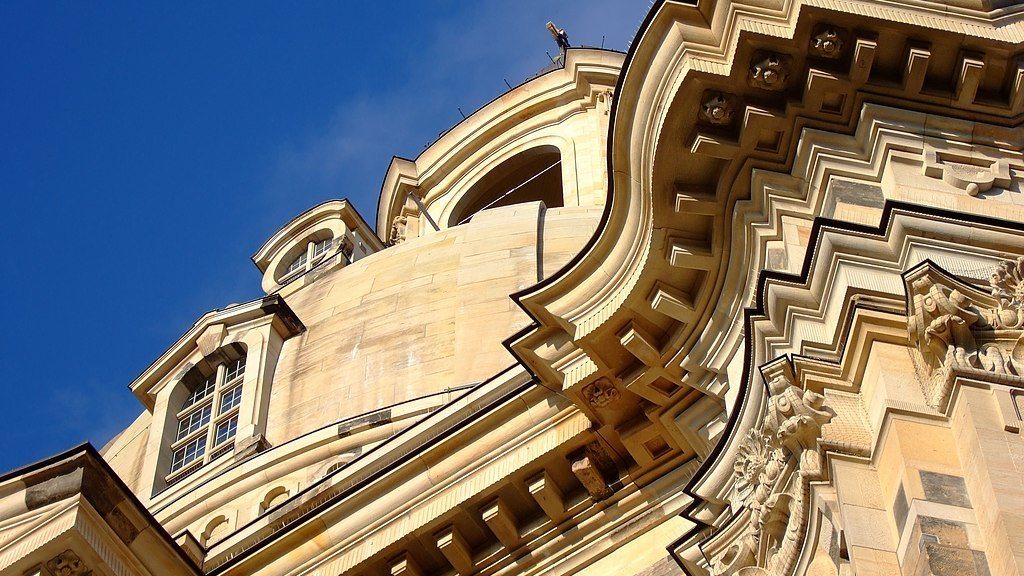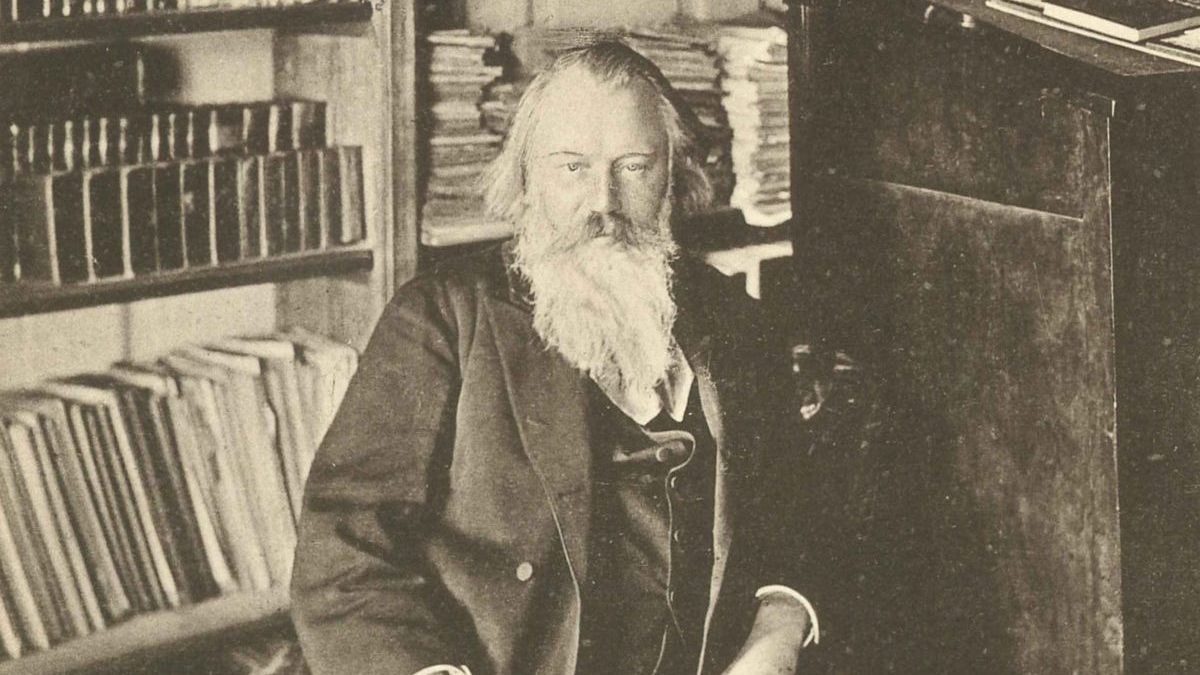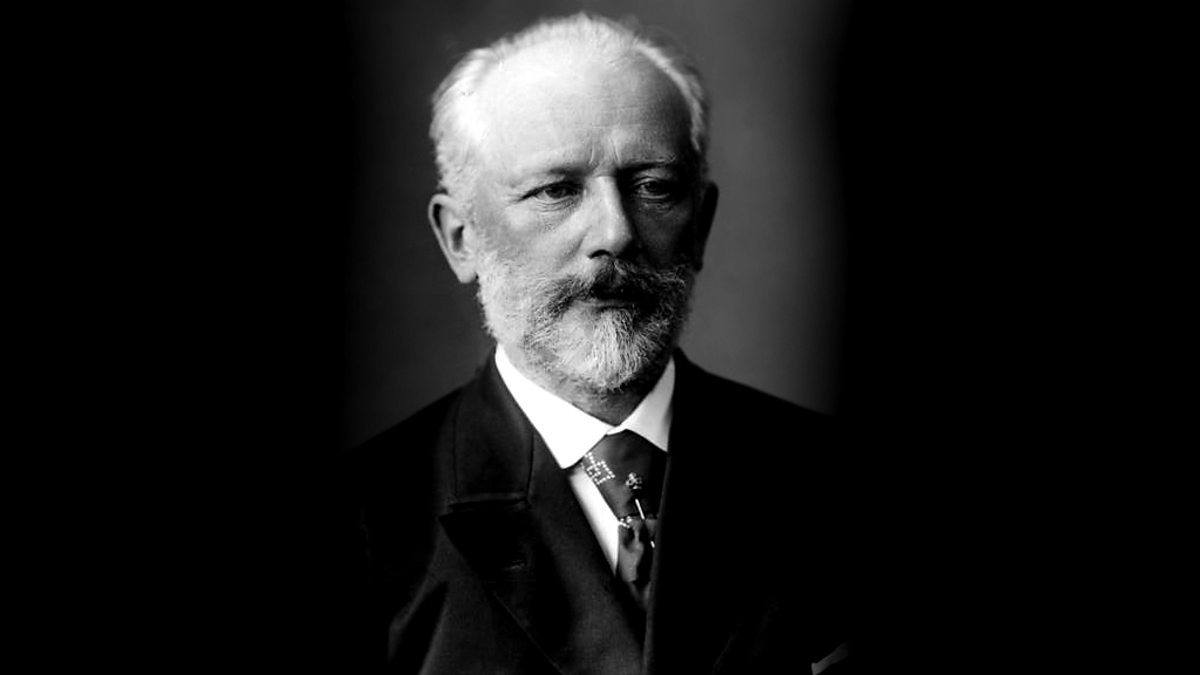Bach’s Prelude and Fugue in E-flat Major, BWV 552: An Expression of the Trinity
In 1739, J.S. Bach published the Clavier-Übung III, a monumental collection of liturgical organ works which is sometimes called the German Organ Mass. The compilation begins and ends with two mighty musical pillars which have been catalogued as the Prelude and Fugue in E-flat Major, BWV 552. The latter has been nicknamed the “St. Anne” Fugue because its subject is strikingly similar to William Croft’s English hymn of the same name. The Clavier-Übung III is filled with …







